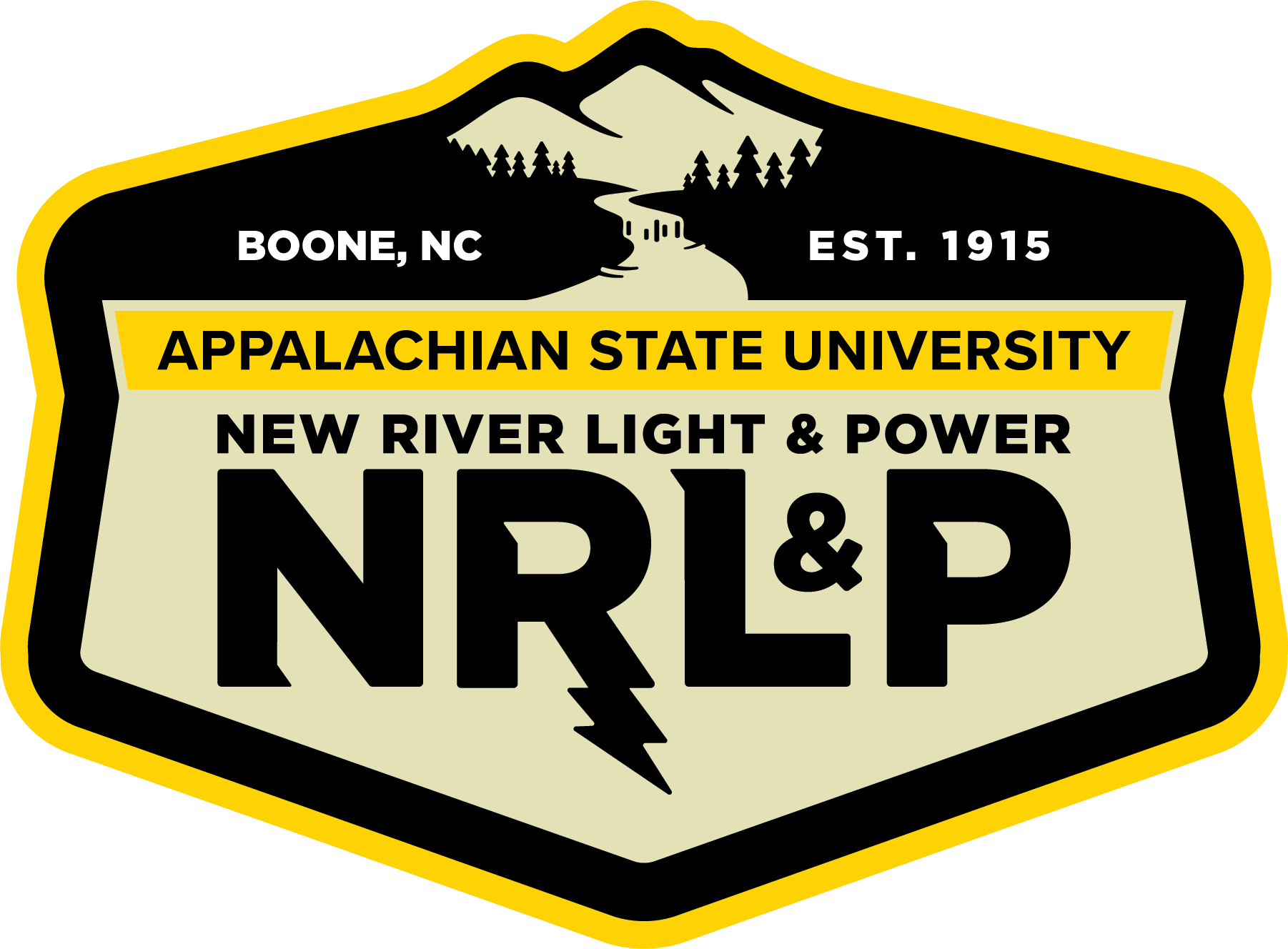Summer in the High Country is unbeatable. With plenty of sunshine, green mountains and outdoor fun, what's not to love? Unfortunately, summer can also mean hot temperatures, high humidity levels and sudden storms. Is your business ready? By taking action now, you'll ensure that your facility operates smoothly, comfortably and efficiently all summer long.
Cooling system maintenance
No matter what type of cooling system you use — chillers, packaged rooftop units, heat pumps, etc. — these measures will help optimize performance.
Hire a qualified professional to inspect and clean your system. An inspection will help identify any problems and ensure that your system is running efficiently.
Change air filters throughout your facility regularly. Dirty filters make your system work harder, wasting energy and reducing indoor air quality.
Make sure your system is using the right type and amount of refrigerant. Too much or too little refrigerant can increase system operating costs.
Check dampers to ensure that they are opening and closing correctly. Dampers can become stuck in position, rendering them ineffective at regulating airflow.
Seal and insulate accessible ductwork. Conditioned air leaking through ductwork reduces cooling system efficiency. Aerosol spray technology can be used to seal inaccessible ductwork.
Maintain a daily log of cooling equipment performance data. Comparing past results against current readings can help in spotting potential performance issues.
Around your facility
Take these actions to improve cooling system efficiency and increase comfort.
Tune building controls. Poorly aligned building controls — such as thermostats, sensors and humidistats — can waste energy. Adjust them for the changing season or operating schedules.
Make sure registers are unobstructed by furniture or equipment. Vents must be kept clear to ensure a comfortable and uniform airflow.
Inspect windows and exterior doors for leaks. Leaks let conditioned air out of your building, wasting energy. Seal them with caulk or weatherstripping.
Check building insulation levels. Proper insulation reduces cooling energy use and keeps occupants comfortable. Make sure your insulation levels meet ASHRAE 90.1 building energy efficiency recommendations.
Preparing for extreme summer weather
Summer storms and lightning can damage your facility and endanger staff. Make sure you're ready.
Review and update your emergency plan. In any type of emergency, it's critical to have an updated plan in place. Include evacuation routes and closing procedures. Share your plan with your entire staff.
Make sure your building is adequately safeguarded against lightning and power surges. Lightning arrestors protect your building from lightning by sending excess voltage safely to ground. Surge protection devices provide an additional line of defense for sensitive electronic equipment.
Ensure that backup power is available and in working condition. Backup power keeps your facility operating during a power interruption. Inspect and test standby generators and other backup power equipment.
Develop a cooling emergency action plan. Cooling system failure can reduce occupant comfort and productivity and threaten critical equipment. Backup options include temporary portable cooling or a permanent standby cooling system.
With these measures, you can optimize comfort and efficiency, and keep your facility operating, no matter what summer weather comes your way.
NRLP is here to help. Monitor your energy usage and billing history through the Customer Portal's energy tracker. Looking for real-time usage data? Use the IntelaHome® Energy Portal and watch real-time usage, explore usage history and much more. If you're not sure where to start, consider a virtual or in-person energy audit, available to NRLP customers, free of charge.




